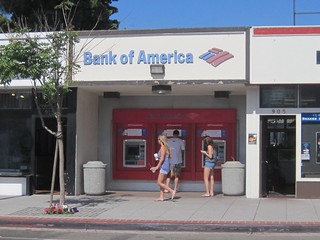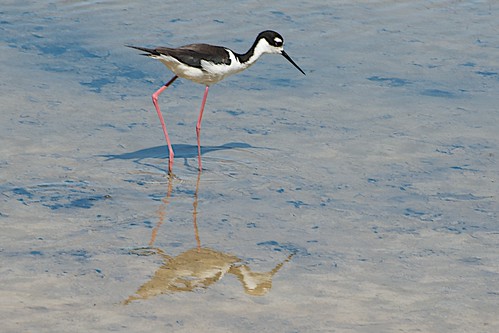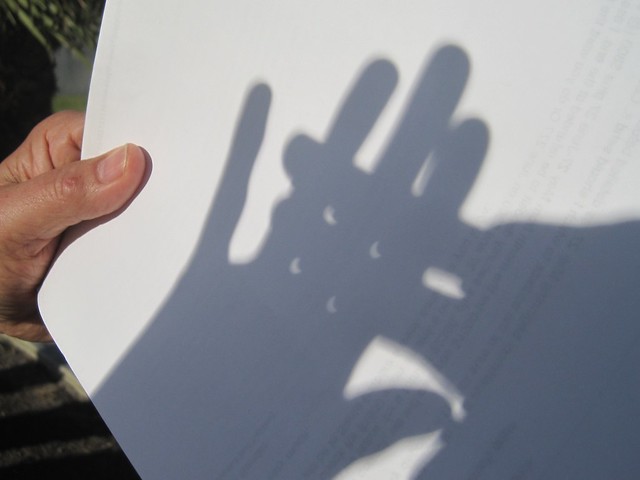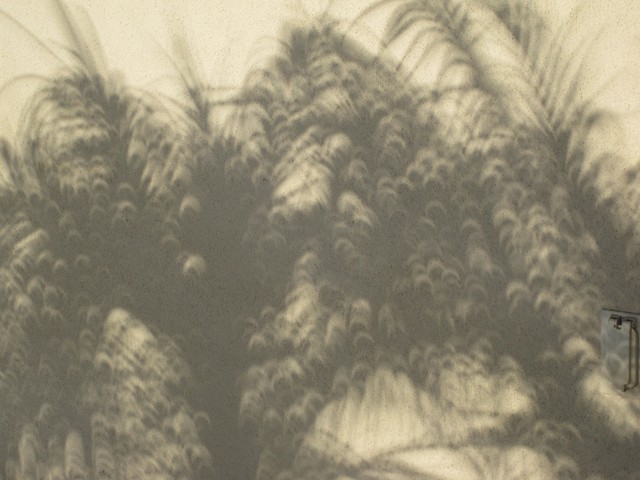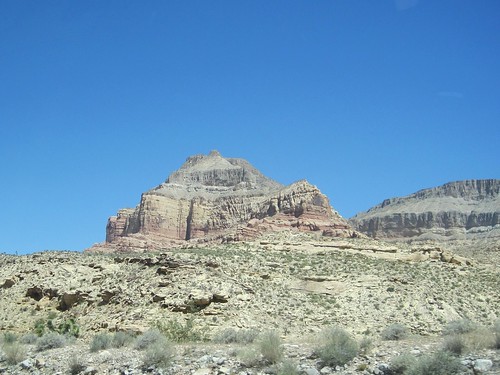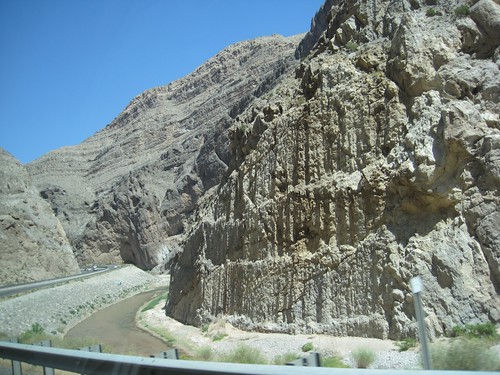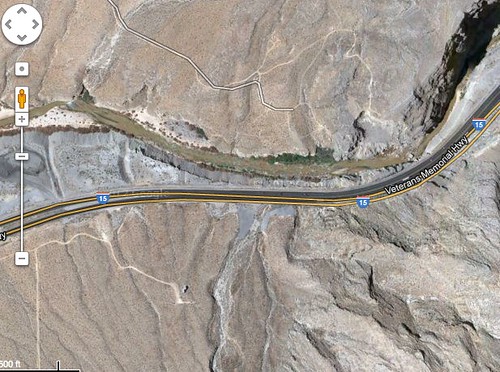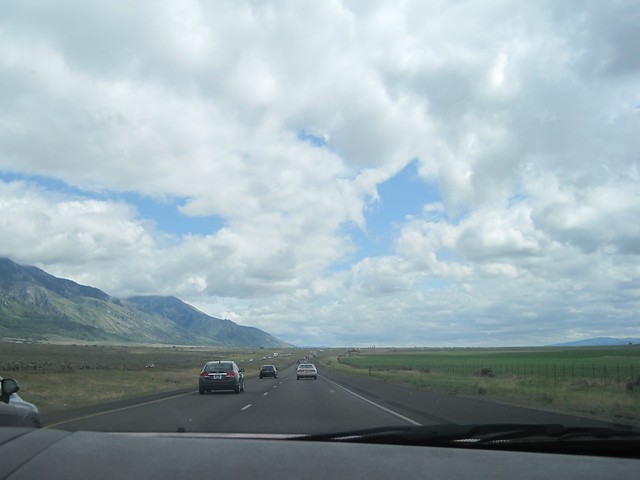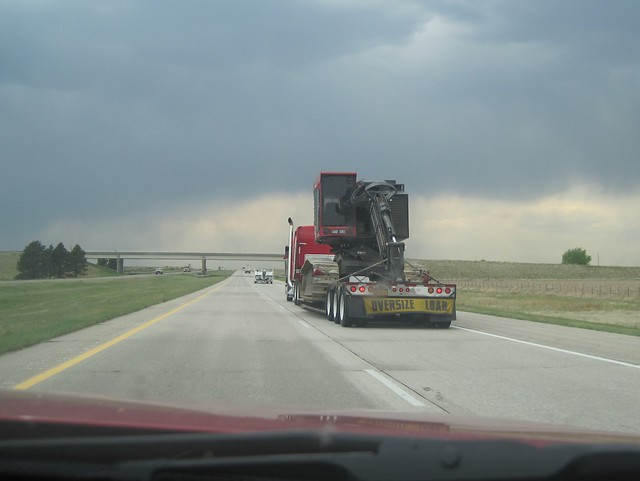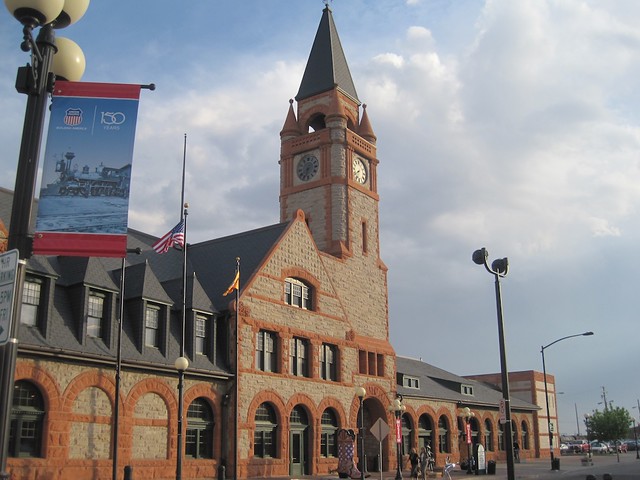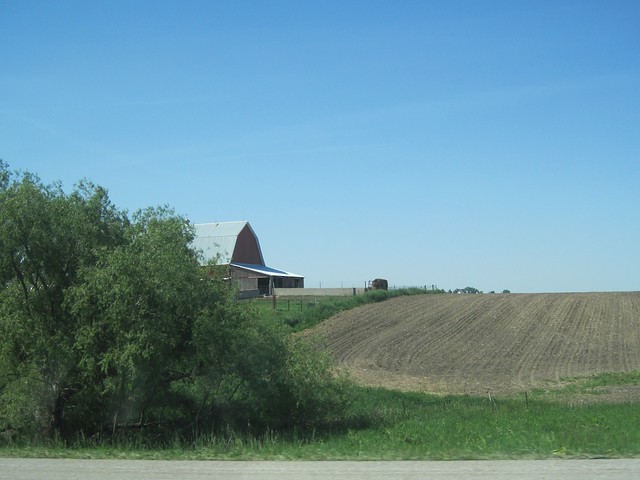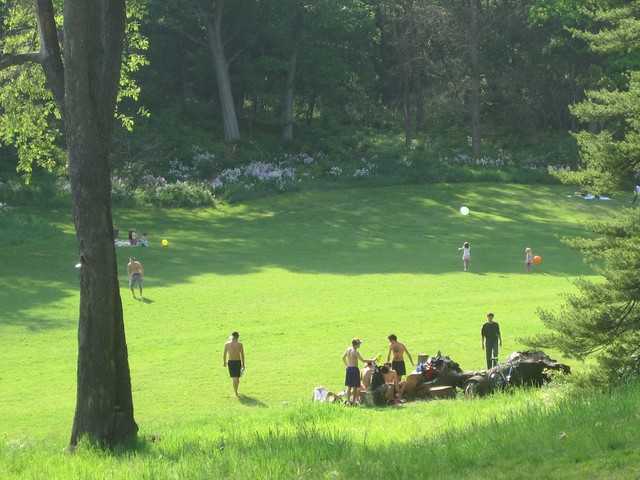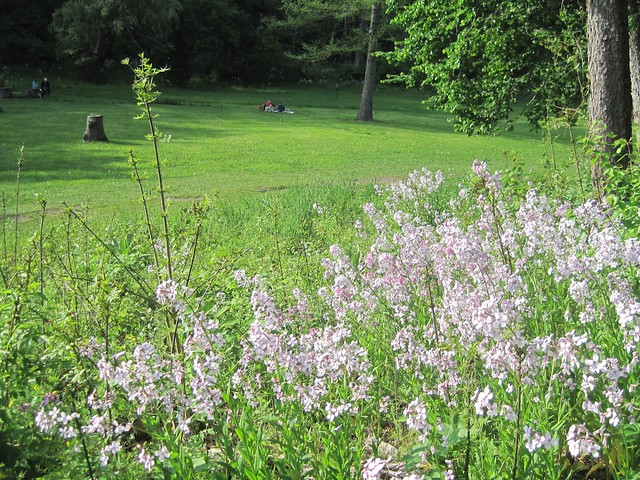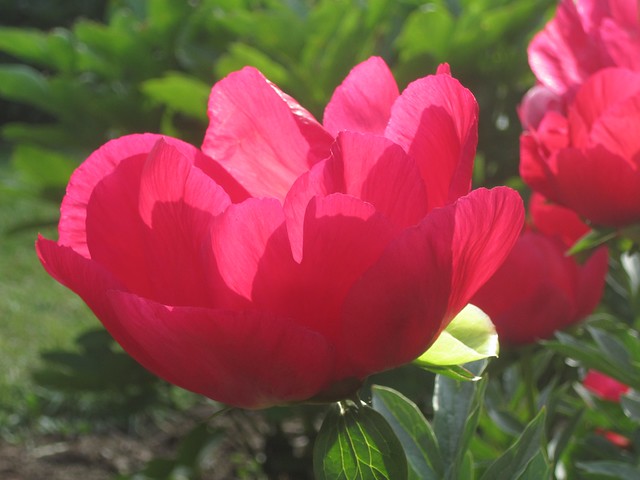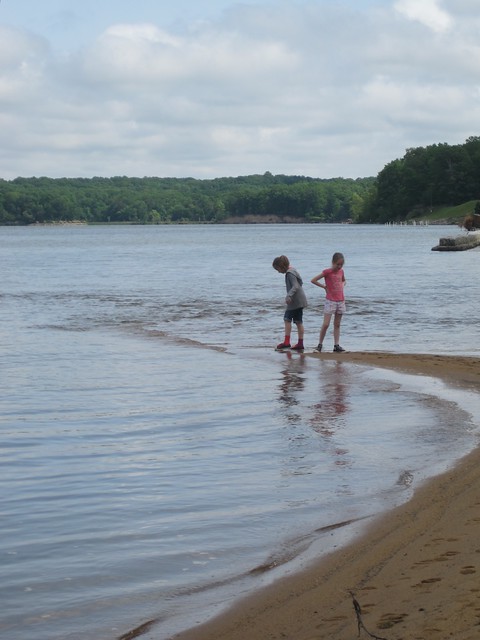
Isla Vista, California, is a very small town almost surrounded by the University of California, Santa Barbara, and almost exclusively made up of student rental apartments and a few businesses that cater to students. (The actual city of Santa Barbara is a few miles down the coast.) Every apartment parking lot is bursting with cars, which park two-deep and onto the sidewalk. Besides cars the streets are filled with pedestrians, bicyclists, pedestrians carrying surf boards, cyclists carrying surf boards, skateboarders with or without surfboards, and whatever. Apartments crowd the bluffs overlooking the beach, with occasional pathways down to the waterside. Buildings are colorful and often decorated with artistic works.

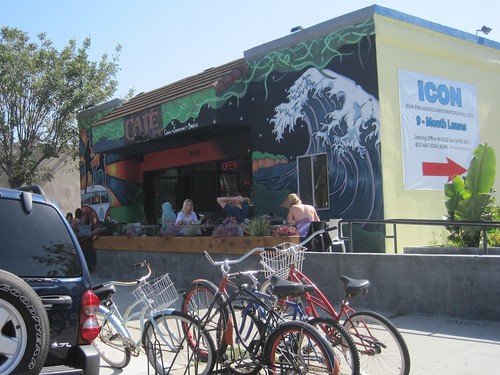
The seaside is beautiful, with large open spaces, especially near the University-owned cottages where we are staying this week. It's popular with painters, surfers, people strolling or cycling. The University has a wildlife preserve at Coal Oil Point just beyond the town, where snowy plovers nest and feed. Pelicans fly low over the beach and the open spaces; humming birds, shore birds, hawks, songbirds, raccoons, bunnies, and other wildlife are abundant.
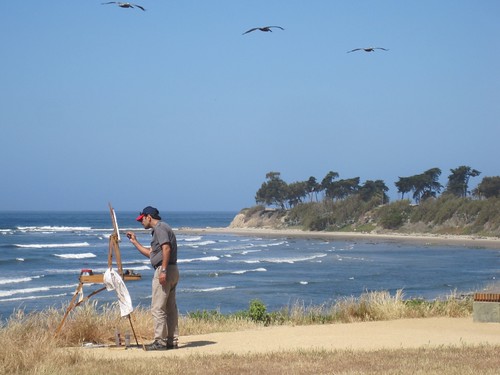
If you are old enough, you may remember the most famous event in Isla Vista history: in 1970, angry student protests created a very ugly scene, and near-riot, in which the Bank of America was burned to the ground. The image of the bank in flames became an icon of this era -- as one person said, makes Occupy Wall Street look tame.
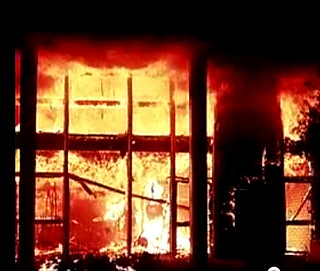
Bank of America is still here -- though only an ATM:
